Music and math are two seemingly unrelated subjects, but when you look closer, you’ll find that they share a deep and fascinating relationship. Both involve patterns, logic, and structure, and both can evoke emotions and stimulate the mind.
One of the most powerful musical elements we can use to teach math is rhythm. Rhythm is the pattern of sound in music, and it’s a concept that’s easy to grasp and fun to explore. By using rhythm as a tool for teaching math, we can help students develop their listening skills, improve their memory, and build their understanding of important math concepts.
Howard Gardner’s (1996) work showed that primary-grade students exposed to music and art curricula had higher math achievement than students who did not have the opportunity to participate. Those gains persisted beyond one year.
That’s why we’re excited to share with you the concept of “Musical Math Notes” – an easy-breezy and productive approach to teaching math through musical activities. By incorporating musical elements into math lessons, we can make learning more engaging, interactive, and memorable.
TOP 10 FUN MUSICAL MATH ACTIVITIES FOR KIDS
1. Rhythm Clapping
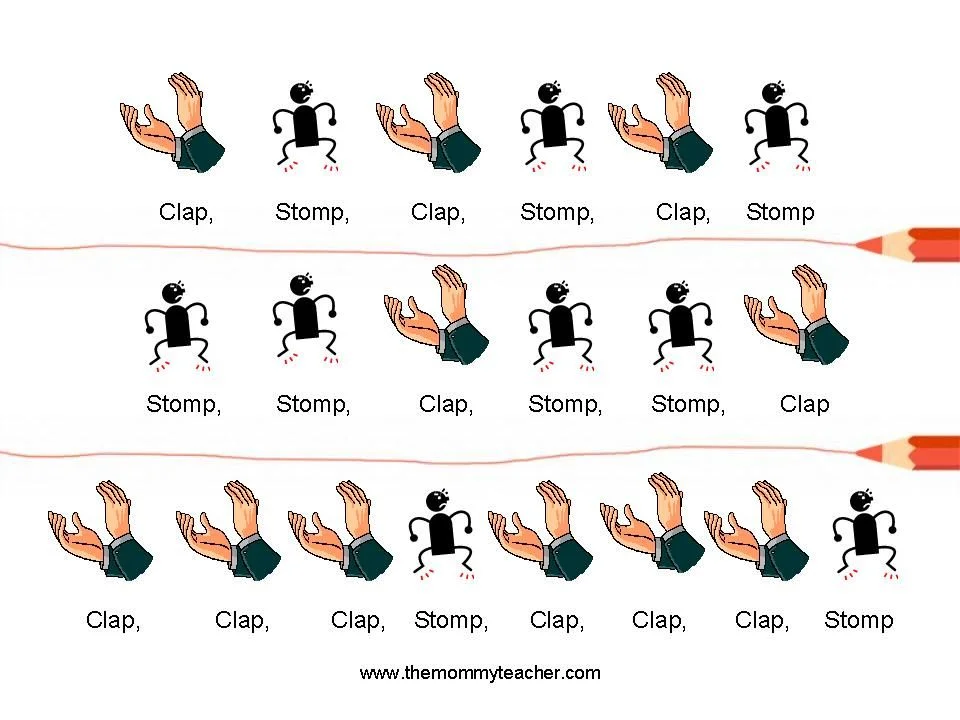
Encourage students to clap out rhythmic patterns like “clap-clap-stomp” or “clap-clap-clap-stomp” and then translate these patterns into music notation. For example, a pattern of “clap-clap-stomp” can be notated as two-quarter notes followed by a half note.
This activity helps students understand the concept of fractions in music by associating different note values with specific rhythmic patterns.
2. Musical Chairs
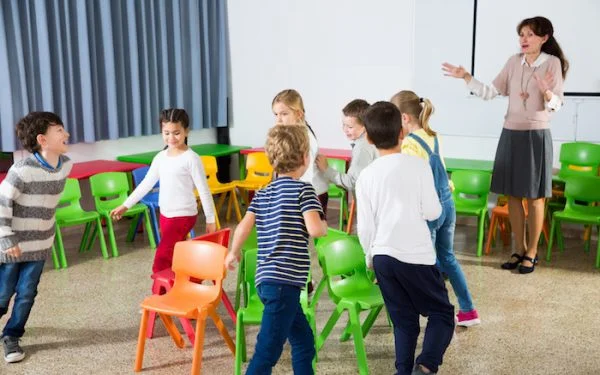
Incorporate math into the classic game of musical chairs by adding a mathematical twist. For instance, before each round, students must solve a math problem to determine how many chairs to remove. For example, if the answer to a multiplication problem is 12, then 12 chairs are removed.
This activity not only adds an element of challenge and excitement but also reinforces math skills in a fun and interactive way.
3. Musical Patterns
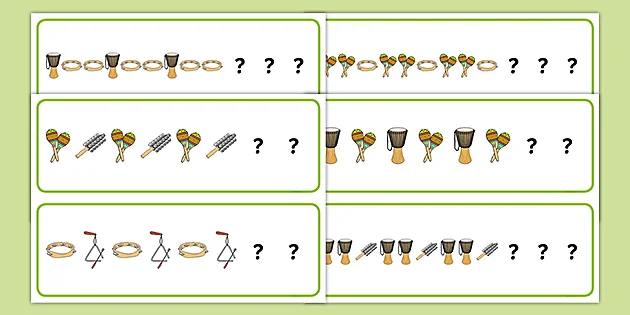
Provide students with musical note cards to arrange in various patterns, such as ABAB or AABB. Students can identify the pattern and then create their variations, like ABCABC or AABAAB.
This activity not only enhances pattern recognition skills but also encourages creativity and experimentation in music composition.
4. Rhythmic Counting
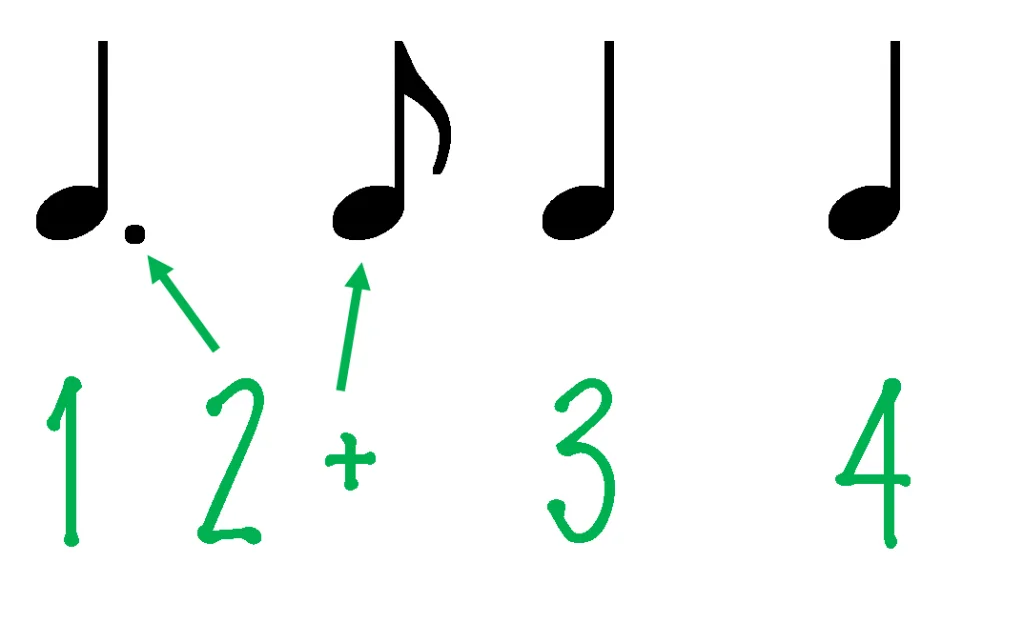
Encourage students to clap or tap out rhythms while counting by different numbers. For example, counting by two can be represented by a steady beat, while counting by fives might involve a more complex rhythm. Students can create rhythms like a drumroll for counting by ten or a syncopated pattern for counting by threes.
This activity improves counting skills and introduces the concept of multiplication in a fun and engaging way.
5. Beat Boxing
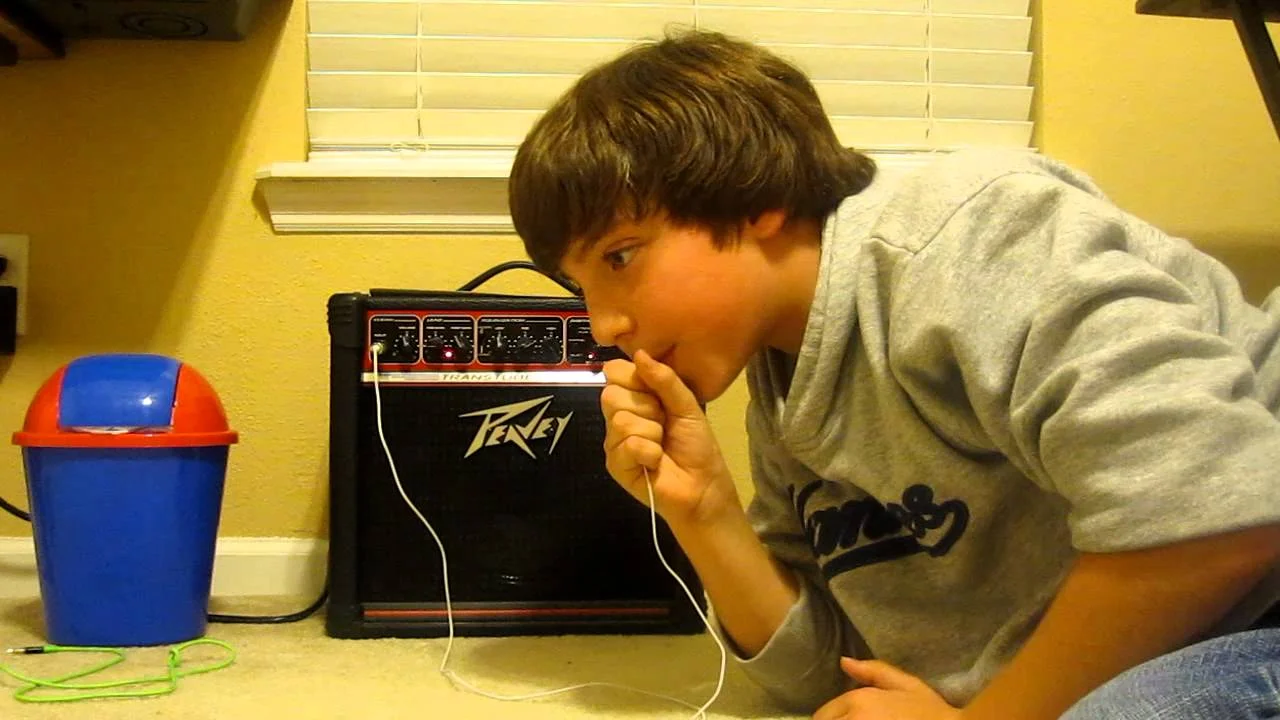
Let students show their creativity by creating beatboxing rhythms using their mouths and bodies. They can experiment with different sounds and rhythms, like mimicking a drum kit or creating a bassline. For instance, counting the beats in a simple beatbox rhythm like “boots and cats” can help students understand rhythm and beat structure.
Comparing their beatboxing creations can lead to lively discussions on patterns and sequences.
6. Musical Graphing
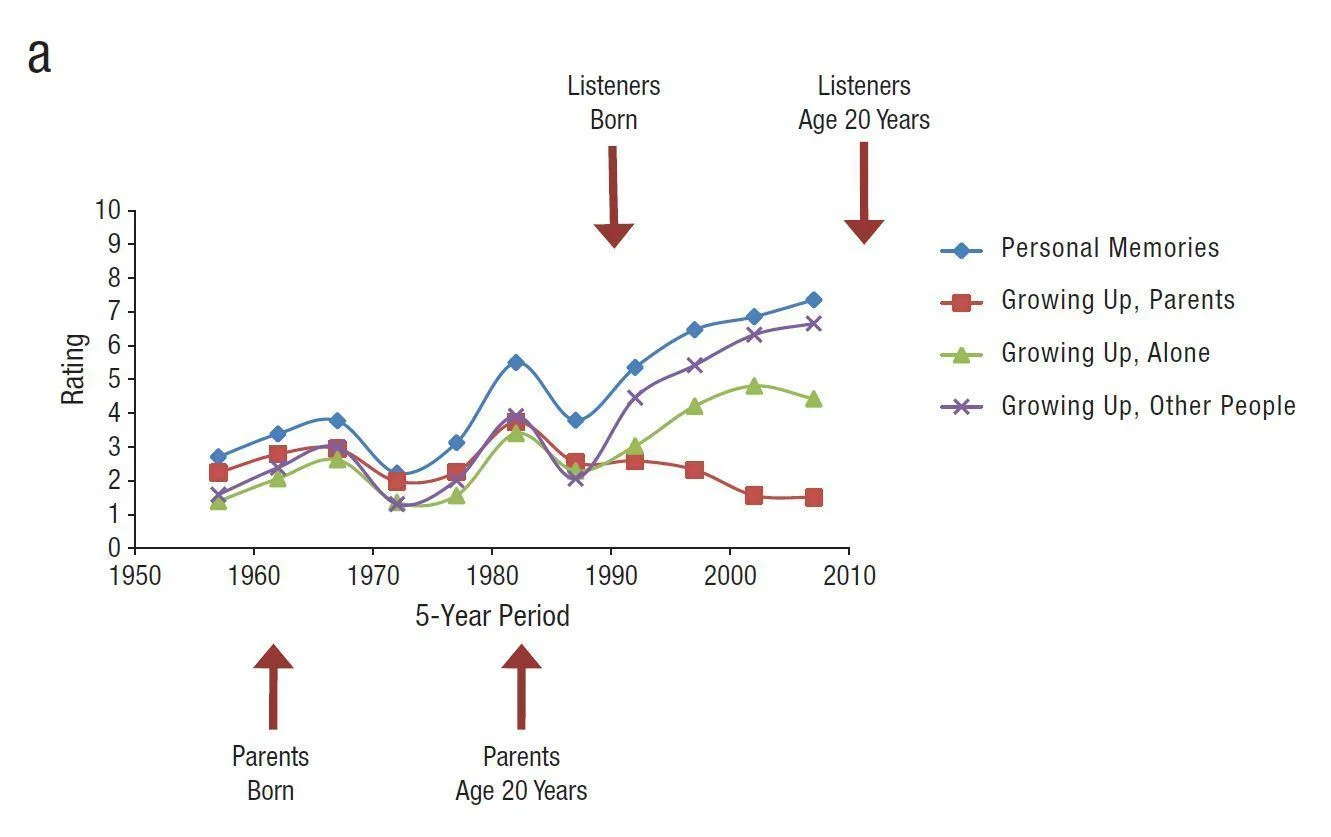
Engage students in graphing different musical notes on a coordinate plane, where the x-axis represents pitch and the y-axis represents duration. For example, plotting a high-pitched short note at (3, 5) and a low-pitched long note at (1, 8) can visually demonstrate the relationship between pitch and duration in music.
This activity creatively combines math and music, fostering a deeper understanding of musical elements.
7. Fraction Rhythms
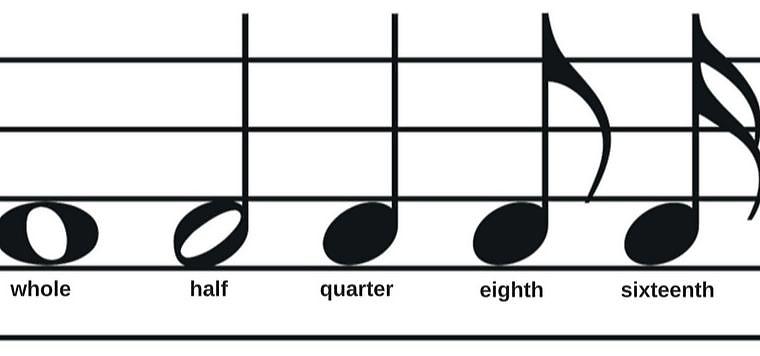
Creating rhythms using different note lengths such as quarter notes, half notes, and whole notes can also be done. Children can explore how these note values relate to fractions like 1/4, 1/2, and 1 whole.
For instance, clapping a rhythm with four quarter notes followed by two half notes can visually demonstrate the concept of fractions in music.
8. Rhythmic Addition
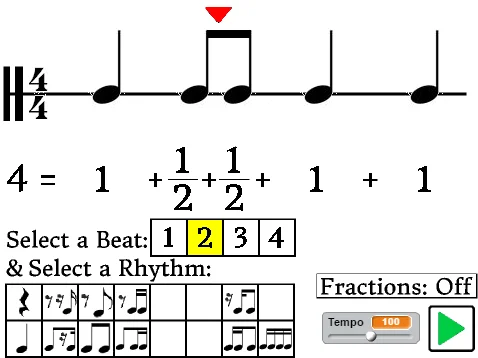
Challenge students to create rhythms with a specific number of beats, then add or subtract beats to create new rhythms. For example, starting with a rhythm of 4 beats and adding 2 more beats can show how addition works in a musical context.
This activity not only reinforces basic math skills but also encourages creativity in rhythm composition.
9. Musical Measurement

Have students measure the length of different musical phrases or sections using a metronome or timing device. They can compare the duration of different musical segments and explore concepts like tempo and rhythm.
For example, measuring the length of a verse compared to a chorus can illustrate the idea of musical structure and form.
10. Music and Geometry
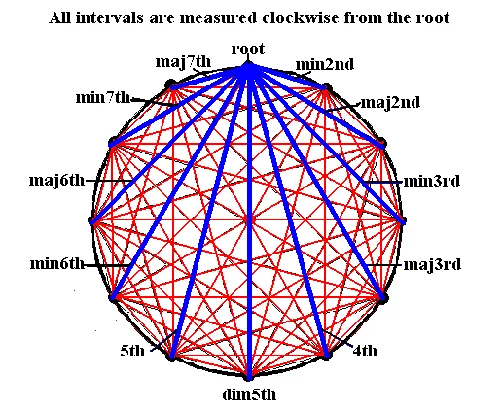
Merge music and geometry by having students create geometric shapes using musical instruments or sounds. They can explore how different shapes like triangles, squares, and circles can be represented through music.
For instance, using a drum to create a square rhythm pattern or a flute to play a triangular melody can visually connect geometry with music.
Conclusion
Musical Math Notes is a unique concept. We can make learning more interactive, memorable, and enjoyable for our kids by combining math and music, different like chalk and cheese. Whether you’re a teacher or a parent, we encourage you to try some of these fun math activities with your students or children.
Moonpreneur understands the needs and demands this rapidly changing technological world is bringing with it for our kids. Our expert-designed Advanced Math course and Math Quiz for grades 3rd, 4th, 5th, and 6th will help your child develop math skills with hands-on lessons, excite them to learn, and help them build real-life applications.
Register for a free 60-minute Advanced Math Workshop today!
















